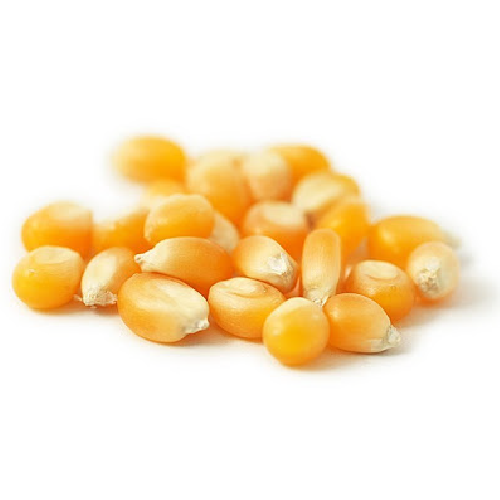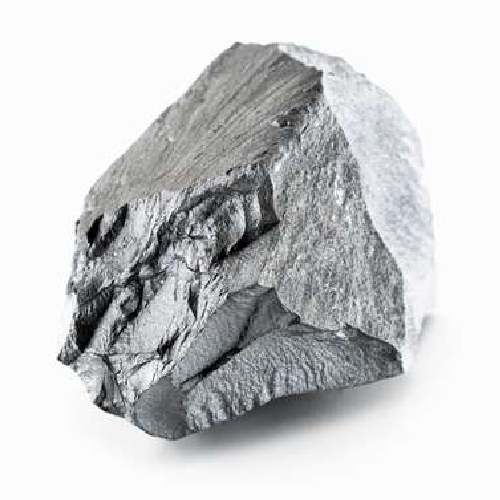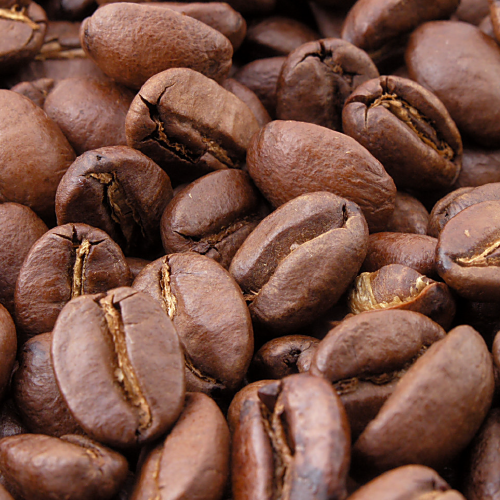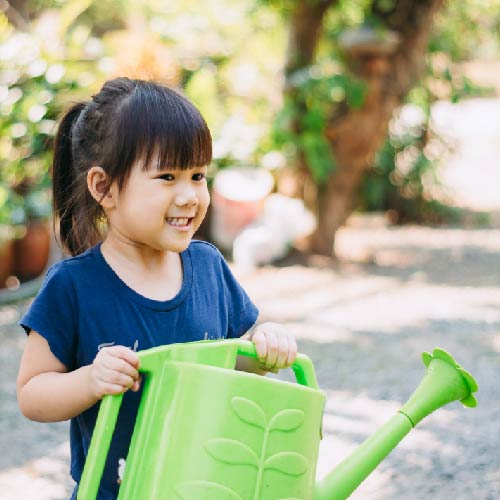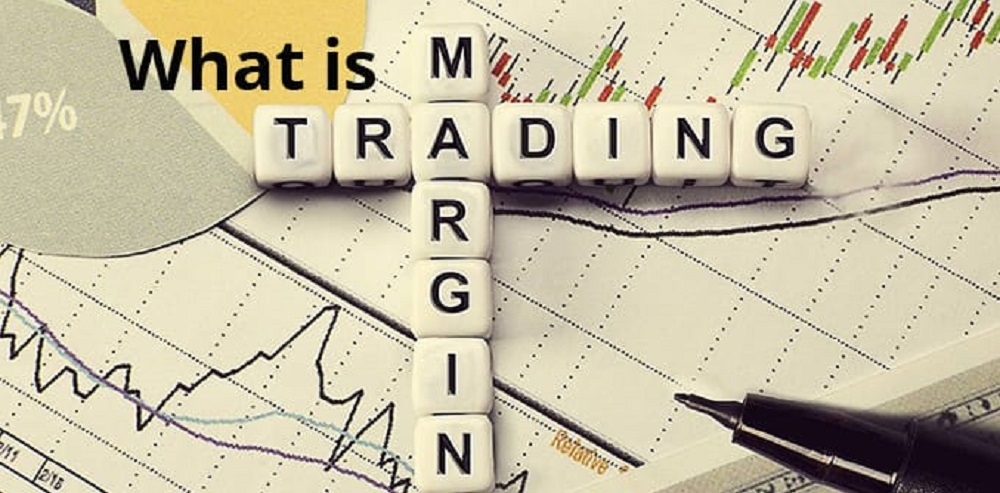
What Is Margin Trading?
- What Is Margin Trading in the Forex Market?
- How Does Margin Trading Work?
- What Are the Benefits of Margin Trading on Forex?
- What Will the Margin Requirement Be for My Trade?
- Understanding Key Terms in Margin Trading
- What Is Used Margin?
- What Is Equity?
- What Is Free Margin?
- What Is Margin Level and Margin Call?
- What Are the Risks of Margin Trading?
- 1. Systemic Risk
- 2. Leverage Risk
- 3. Liquidity Risk
- Final Thoughts
The forex (or foreign exchange) is a financial market where major currencies are bought and sold. Forex trading is always done in pairs; essentially you are always selling one currency to buy another.
To trade forex, the investor will open an account with a broker. The investor can choose to trade on a cash or margin basis. In margin trading, the broker gives you leverage and you have to put down a deposit, or margin.
This article will explore the reasons to consider margin trading, how to calculate margin and will give you an understanding of the risks involved.
What Is Margin Trading in the Forex Market?
In forex, investors use margin trading to increase possible return on investment.
Using a ‘margin account’, an investor will use their own funds to put forward a percentage of a larger value investment, with the broker putting forward the rest.
Even taking into account fees and commission, the theory is that the larger the sum of money that can be traded, the bigger the profits for the investor.
The margin account is essentially similar to a short-term loan that allows the investor to have a bigger stake in the market and therefore, it is hoped, receive greater returns.
The Best Trading Platforms
Let’s take a look at the best trading to earn more.
1. Liteforex
Best for: Learning from others
Liteforex is one of the most popular online reliable brokers over the world. Over the past 15 years, it has developed a strong reputation for beginners and experienced investors alike, has a minimum $100 deposit.
The Liteforex app aims to use easy for every clients. It is available on Google Play and the App Store and allows you to move seamlessly between devices.
It’s innovative features include:
- Pre-programmed one-click trading
- Copy Trader – Copy the trades of others in real-time
- Its own social networking platform
- Pre provided investment strategies which they call Copy Portfolios
The app boasts the ability to allow you to place online trades even if the trading platform is down.
The information is being presented without consideration of the investment objectives, risk tolerance, or financial circumstances of any specific investor and might not be suitable for all investors.
2. FXTM
The FXTM Platform itself is intuitive and easy to use, suitable for those just getting into trading and those more experienced alike.
It is designed to offer a full replication of an institutional trading environment including depth of market.
With advanced risk management and order functionality, this is a detailed platform for trading stocks.
The FXTM app offers a premium range of order types, with advanced technical analysis tools.
You can set up push and email notifications for the important things that you want to know in relation to your stock trading needs – such as price alerts and trade statistics.
Within the app, you can:
- Complete a range of order types
- Work with all your accounts in one app
- Understand detailed trade analysis
- Review detailed order tickets – base currency dollar value and pip distance
As a platform, there are comprehensive educational videos and explanations of symbols, so you can find optimized processing for expert advisors and indicators.
The information is being presented without consideration of the investment objectives, risk tolerance, or financial circumstances of any specific investor and might not be suitable for all investors.
3. FBS
Best for: CFDs
This app is designed for those wanting to trade outside of the US. It is considered one of the best for CFDs on shares and has a minimum $100 deposit.
There are low trading fees but considerable fees for inactive users.
The educational section is average, as are the research tools. However, the app is easy to use overall.
This app is recommended for those familiar with CFDs and who are actively trading. Reviews of the app show that users like the:
- Account-opening process
- Deposit and withdrawal features
- Customer service
- Actual trading platform
The information is being presented without consideration of the investment objectives, risk tolerance, or financial circumstances of any specific investor and might not be suitable for all investors.
How Does Margin Trading Work?
Margin trading should be seen as a way to borrow money by putting up a ‘good faith’ portion of account equity, rather than as a cost or a fee.
To commence margin trading, the investor opens an account with a broker using the required percentage of the full value of the proposed trade (the margin). The required percentage is calculated to cover any losses should they occur.
The margin is the proportion of the trader’s funds that are set aside (also referred to as ‘used’ or ‘locked up’) for the length of time the trade is open – this is essential to have an open trade.
Every broker will have different requirements, so investors will want to consider all their options before choosing a broker and starting to trade.
When the trade is completed, the margin returns to the trader’s account as ‘freed’, ‘released’ or ‘usable’, and can be used to enter into new positions.
What Are the Benefits of Margin Trading on Forex?
The main benefit of an FX trader using margin is the ability to leverage investments and increase their returns. They can use margin trading to trade in far larger sums of currency than their principal investment would usually allow.
Unlike typical stock brokers, forex brokers don’t, as a rule, charge interest on the money they put in.
The margin size is much greater than that found in the stock market generally, with the minimum ratio being 10:1 rather than 2:1, which means FX traders can leverage greater sums.
So for example, an FX trader who starts with £100 as their principal investment, with a 50:1 leverage, can invest £5,000 worth of currency. That presents FX traders with a huge advantage when it comes to realizing gains in the market.
Other benefits include:
- Flexibility and speed in trading. The market can move fast and some opportunities may pass before the trader can release funds. Margin trading allows the trader to have more liquidity to take advantage of more opportunities.
- An easier way to raise finance. Margin trading can be a useful way to access additional funds.
Myanfx-edu does not provide tax, investment or financial services and advice. The information is being presented without consideration of the investment objectives, risk tolerance, or financial circumstances of any specific investor and might not be suitable for all investors.
Financial Trading is not suitable for all investors & involved Risky. If you through with this link and trade we may earn some commission.

What Will the Margin Requirement Be for My Trade?
Margin requirements vary depending on the broker and size of the trade. Typical forex margin requirements can be 2%, 1%, 0.5% or 0.25%. For accounts that will trade in over 100,000 currency units, the margin percentage is usually around 1% or 2%.
Each trade or position that a trader wishes to open will have its own ‘required margin’ amount that is required to be ‘locked up’ or kept to one side.
If the base currency is the same as the account’s currency, the calculation for required margin is:
Required Margin = Notional Value x Margin Requirement
If the base currency is not the same as the account’s currency, the calculation for required margin is:
Required Margin = Notional Value x Margin Requirement x Exchange Rate Between Base Currency and Account Currency
For example, a trader pays £1,000 into their margin account and decides to go long USD/GBP at 1.50000 and wishes to open a position of one mini lot (10,000 units). The mini lot is worth £10,000 and the position’s notional value is £15,000. If the margin requirement is 5%, the required margin will be £750.
But, if a trader wished to go long on USD/EUR and open one mini lot (10,000 units) and the trading account is a GBP account, the first step is to calculate the USD/GBP price. If USD/GDP is trading at 1.1000 the notional value is 11,000. If the margin requirement is 3%, the required margin will be £330.
Understanding Key Terms in Margin Trading
What Is Used Margin?
Each position will have its own specific required margin. The broker will add together all of the required margins for open positions and that total sum is the used margin.
What Is Equity?
Equity is another word for the value of your account in real time. If you have no open trades then ‘equity’ equals the balance. If you have open trades, ‘equity’ is the account balance plus the floating profit (or loss) of all your open positions.
What Is Free Margin?
The free margin is the difference between equity and used margin and can be either:
> The amount a trader has available to open new positions
> The amount that existing positions are able to move against the trader (i.e. downwards) before the trader receives a margin call or stop out.
What Is Margin Level and Margin Call?
The margin level is a percentage value calculated by the ratio of margin to available equity. It is used by the broker to determine whether an FX trader can take a new position.
It is calculated by assessing the accessible usable margin against used margin:
Margin Level = (Equity/Used Margin) x 100
The limit applied varies from broker to broker but it is most common to set the limit at 100%. A 100% margin level is when account equity is equal to margin.
If a trader’s account reaches the margin level (for example, the FX trader will no longer be able to cover any continued or potential losses), the broker will make a margin call and the trader will not be able to take any new positions.
If the trader continues to have losing positions, the stop-out level will be reached. The stop-out level is the defined point that a broker will close a trader’s active positions. The broker can no longer support the open positions due to the decrease in margin levels.
It is possible to avoid margin calls being made by careful monitoring of the account balance and minimizing risk when considering positions.
What Are the Risks of Margin Trading?
There are several risks to margin trading on forex:
- Systemic Risk
The main risk of margin trading on forex is systemic risk; for example, the risk that the whole market may be affected by something outside of its control and, at the most extreme, may cause the entire financial system to collapse.
Systemic risks can include:
- Financial decisions such as inflation, growth, interest rates, etc.
- Conflict, war, terrorist attacks, natural disasters
- Strikes, political conflicts and elections
- Regulatory and legislative changes
- Leverage Risk
The higher the leverage the greater the money made, but also the greater the risk of loss. A broker may offer high leverage (some may go as high as 400:1) but traders do not have to use that level of leverage.
- Liquidity Risk
In general, forex is a reasonably liquid financial market but even forex is susceptible to periods of low liquidity. Bank holidays and weekends can even cause a dip in liquidity – and during these periods, the cost of trading will increase.
Final Thoughts
Forex margin trading brings both benefits and risk to traders. With careful management, a trader can take advantage of high leverage offered by brokers to make rewarding trades, but like any kind of financial investment, traders should ensure that they are knowledgeable of the entire system, including associated risks, before committing to spending large sums of money on margin trading.
Forex is a reasonably liquid market and accessible to traders with relatively modest amounts of capital. However, margin trading on forex with modest sums is unlikely to reward traders with enormous fortunes. As with any investment, the higher the capital spend, the bigger the rewards; but this also brings the greatest risks.
Myanfx-edu does not provide tax, investment or financial services and advice. The information is being presented without consideration of the investment objectives, risk tolerance, or financial circumstances of any specific investor and might not be suitable for all investors.
Financial Trading is not suitable for all investors & involved Risky. If you through with this link and trade we may earn some commission.

HYCM was established in 1972 as a gold and silver
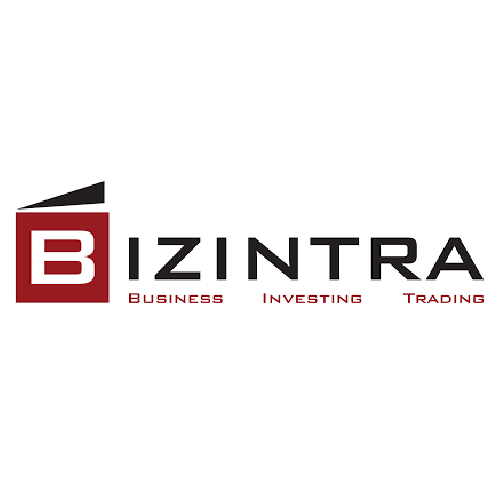
Best for: New tradersPrice: £199 BizInTra’s beginner trading course helps new traders
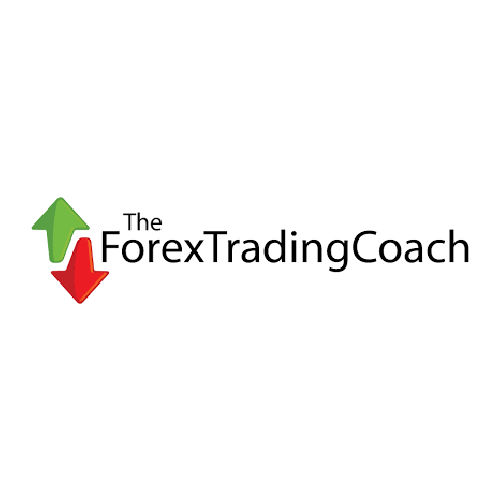
Best for: Traders of all abilities looking to improvePrice: Not stated, enquires

Best for: Multi market overview The one day eToro Trading School course covers

Best for: Beginner to Advanced tradersPrice: $997 Ezekiel Chew the founder at Asia

Best for: Complete beginners on a budgetPrice: Free, if you register for

Best for: Beginner tradersPrice: £162 for lifetime access. Payment can also be

Best for: Personal tuition Thomas Kralow is a seasoned investor who has

Best for: Big investors in their forex educationPrice: Professional Forex Trader course
Want to Trade Online?
Easy Trading Platform
Copy Experienced Traders
Trade from Your Pocket
Trade with Liteforex
- Best Mobile App
- Free Trading Courses
- Low Fees
- Fast Execution
- 24/7 Customer Support
CFD Trading on financial markets carries risks. Before deciding to trade, you need to ensure that you understand the risks involved.











